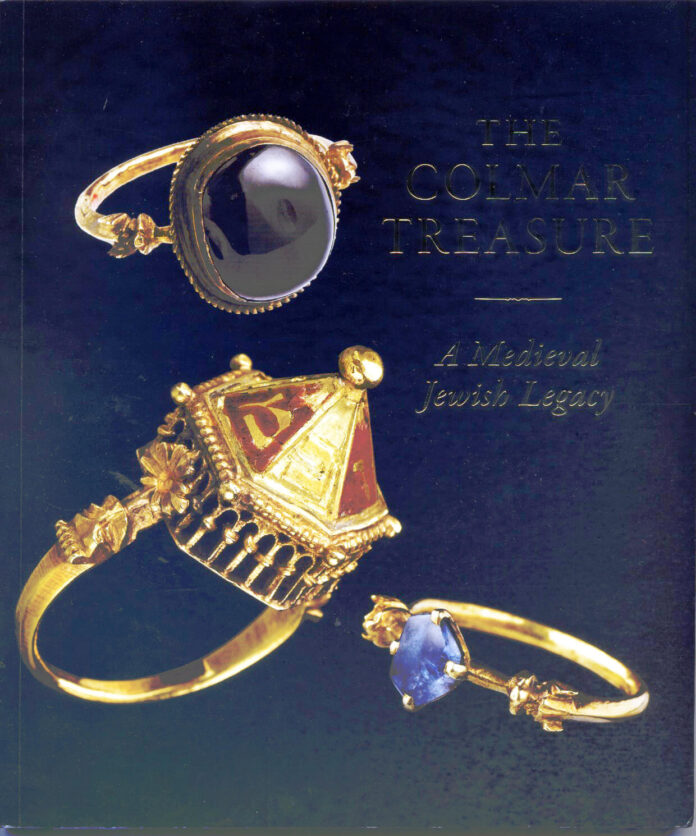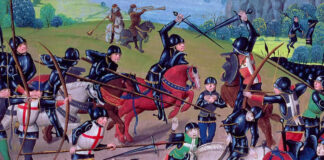
We are back in 1348. The plague spreads through Europe. It takes a terrible toll. Hundreds of thousands of people die. Historians assume that one in three Europeans lost his life. One has to imagine the fear of those the plague has not taken yet. Yet – because everyone knew that it could be over at any time. The bubonic plague was dreadful and horrible, but the pneumonic plague was feared even more. It killed its victims in a single day: the young and the old, the rich and the poor.
At a time when there was no understanding for the connections between infections and disease vectors, people believed that God had sent this disease as a punishment. They believed he demanded them to make the world a better place. And because it has always been easier to change others than to change oneself, many Christian communities tried to convert adherents of other religions. The first ones available were the Jews. They became the scapegoats. All those who did not convert to Christianity were killed. Thus, the European Jews paid the highest price. One in two is said to have died in Europe between 1348 and 1349: fallen victim to the plague or to those in fear of the disease.
What seems to be rather historical in our modern world suddenly becomes more concrete when one sees the legacy of a human being who could not escape from his persecution in 1348 and did not have the chance to retrieve his treasure. The Met Cloisters in New York dedicates an exhibition to a Jewish treasure that was buried in Colmar (Alsace) in 1348.
The Colmar treasure, which is usually conserved in the Musée Cluny in Paris, is an interesting mixture of jewellery and money. Rings, brooches, pieces of jewellery but also a silver bar and 349 coins constituted the wealth of a person, who was claimed to be a pawnbroker. However, we do not know anything about the owner. We do not have documents about the last owner of the house, so we only have what the objects tell us They are the main subject of a small catalogue issued by the Metropolitan Museum on the occasion of the exhibition.
If you want to find out more about the treasure and its historical background, you should have a look at the catalogue. Its introduction is a nice summary.
If you are interested in the monetary and numismatic aspects, you should not bother reading it. There is nothing about it in it, absolutely nothing. And this despite the fact that a coin is the decisive piece of evidence proving that the treasure is actually linked to the pogrom that took place in the context of the Great Plague. The author either had no idea about this fact or she did not believe that a reader might be interested in anything else than in jewellery and rings. The coins – there have to be coins in the exhibition, after all, only 38 of the pieces are depicted in a rather questionable way in the catalogue – are described as “Hoard of coins. 12th to first half 14th century. Silver. Weights and diameters variable.” Well. And the author is not embarrassed by this description? Let’s not talk about the comment whose quality matches the description.
Well, coin collectors better forget about the catalogue. And if you want to learn something about the historical background, you should rather read Barbara Tuchman’s “A Distant Mirror”.
You can purchase the book directly on the MET’s website.
Or, of course, at Amazon.
We published an article about the exhibition.



